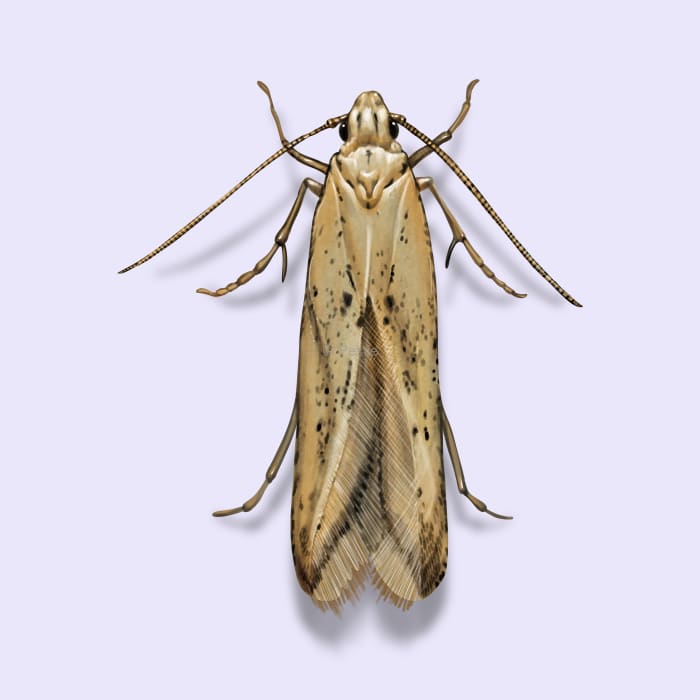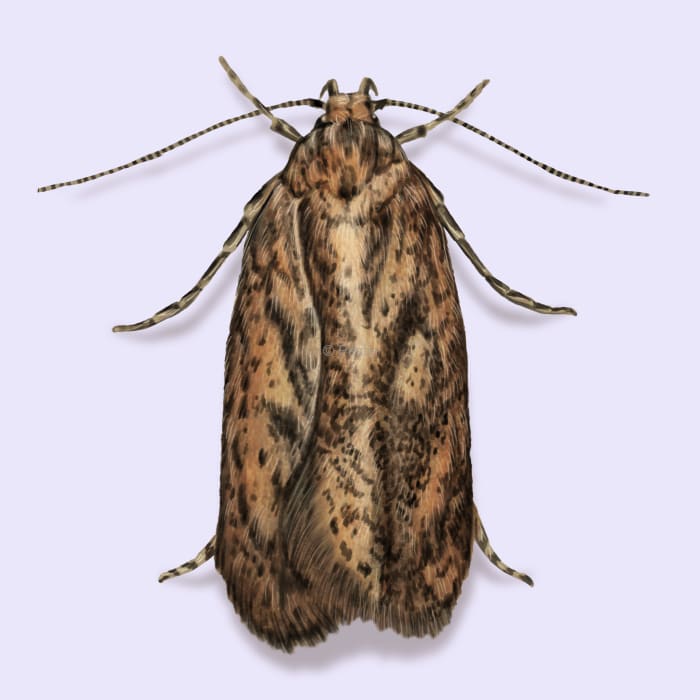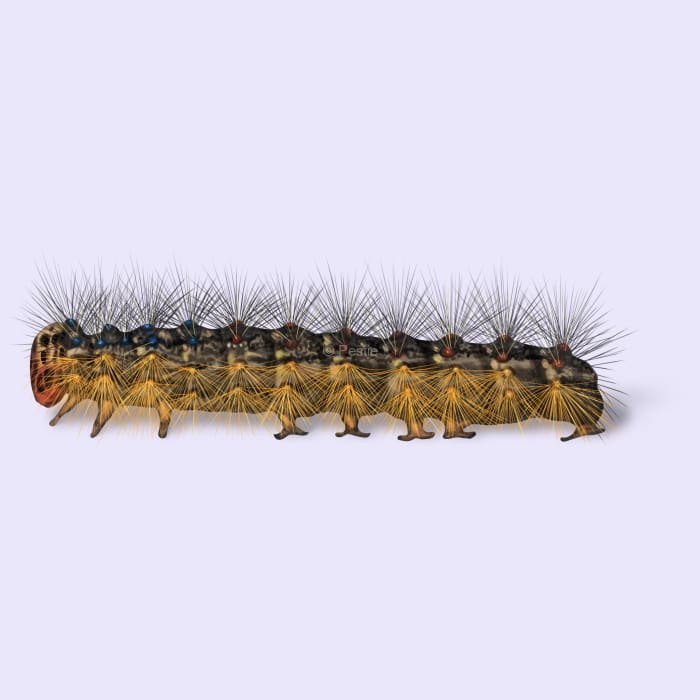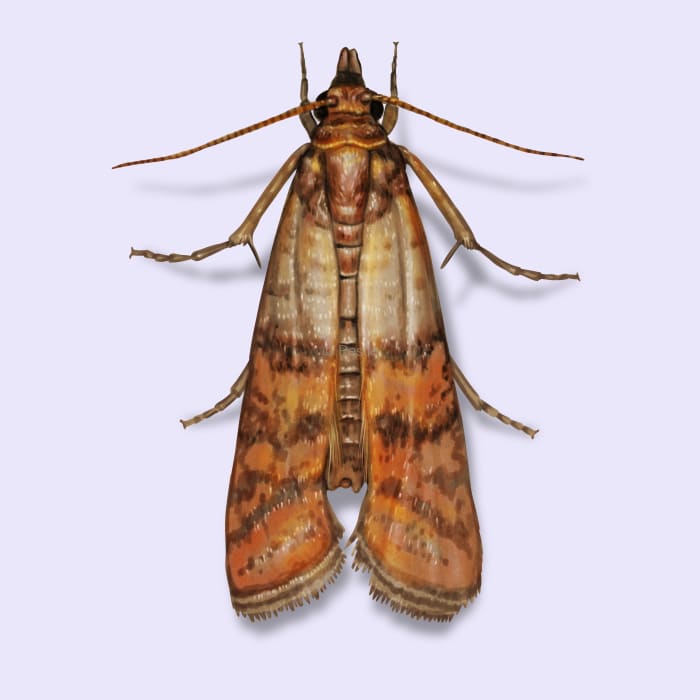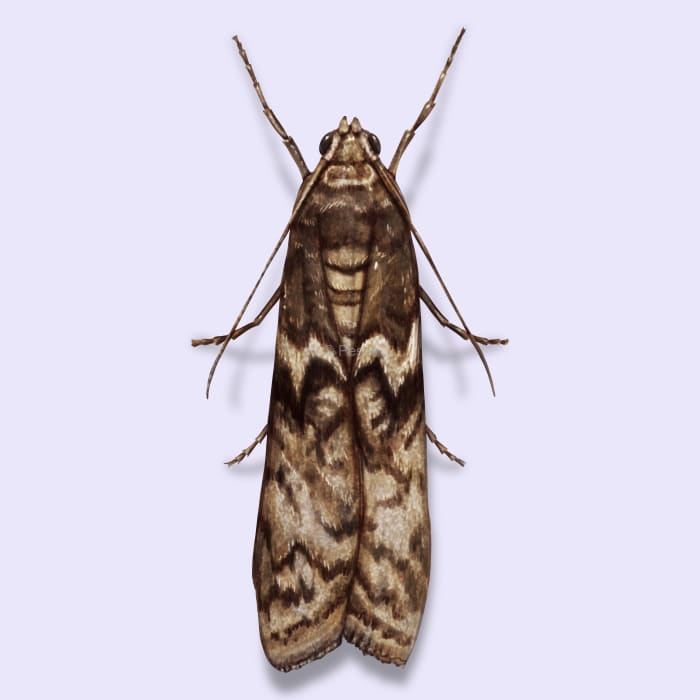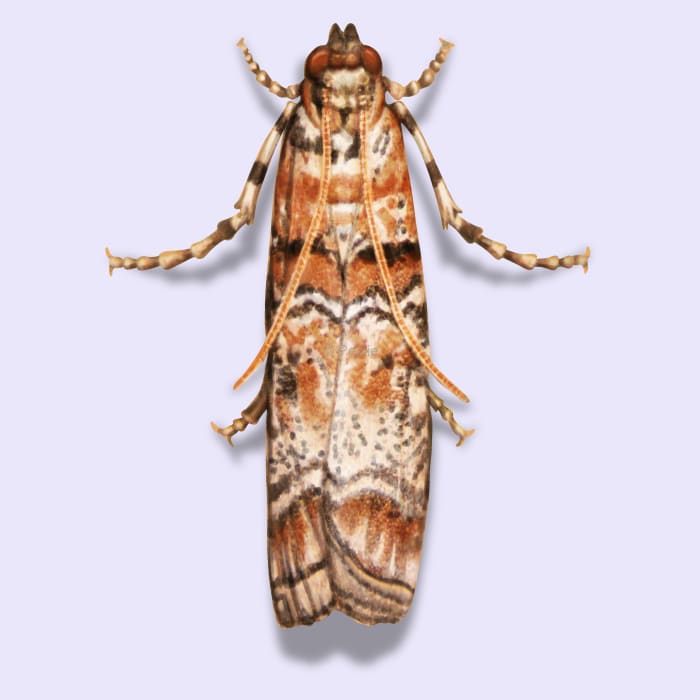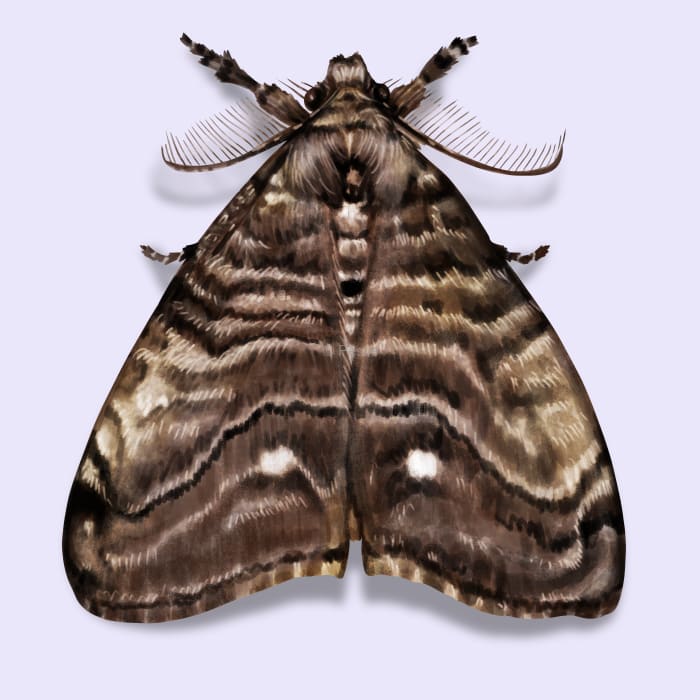How to identify and get rid of moths
Pantry to wardrobe: navigating the impact of moths in your home
While butterflies enjoy all the admiration for their beauty, their more infamous cousins, moths, are making themselves known in far less desirable ways.
Have you ever opened your favorite sweater drawer only to find it riddled with holes? Or perhaps you discovered a mysterious powder in your pantry? Then, you’ve been the victim of a moth invasion.
Moths belong to the same order of insects as butterflies. However, when they enter our homes and property, moths create problems in our pantries or wardrobes. They can remain undetected for a long time until the damage is significant.
While most moth pests occur on farms or in gardens, there are really two types of moths that we are concerned about inside our homes: pantry moths and clothes moths.
Pantry moths infest and contaminate stored food like grains, nuts, cereals, and dried fruit. They can get into our pantries and kitchens, lay eggs, and their larvae chew into our foods, creating waste and potential health risks.
Clothes moths, on the other hand, are looking for natural fibers to lay their eggs. This could be your favorite silk scarf, a fur coat, or a wool sweater. You might think they are tucked away safely in your closet, but the chewed-up holes in the clothing tell a different story.
Early detection and prevention are key for both types of moths!
How to identify moths
Moths are in the order Lepidoptera, meaning they share similar characteristics with butterflies. They have two pairs of wings covered with flaky scales, six legs, and long antennae. However, one defining feature differing from butterflies is when at rest, a moth's wings lay flat instead of folded up above the body.
Their bodies are usually thicker than a butterfly and often look fuzzy. Most moths are rather dull and drab-looking in appearance, but some can have striking patterns and coloration.
Knowing the signs of a moth infestation can also be helpful to understand if you have a problem.
- Visible adult moths – While it’s the larvae that do the damage, finding adult moths in a pantry or closet is a sign of infestation.
- Webbing – The larvae of some moths leave behind webbing as they move and feed. This could be a reason to take proactive measures.
- Damaged materials – If you spot holes in stored clothing, powdery residue in pantries, or damaged packaging, you might want to investigate the issue further.
Fun fact
The largest moth in the US is the Cecropia moth. It has a wingspan of 7 inches. However, the largest moth in the world is the white witch moth. Native to Central and South America, it can reach up to 12 inches in size!
Are moths dangerous?
Adult moths don’t carry any diseases that we need to be worried about and don’t bite either. Some caterpillars have urticating or irritating hairs that can cause rashes or dermatitis if handled or touched.
How to get rid of moths
If you have moths accidentally coming into your home, the best practice is to remove them with a vacuum or capture them and release them back outside.
To prevent moths from coming inside:
- Seal cracks and gaps around doors and windows
- Reduce outdoor lighting, like porch lights, floodlights, path lights, spotlights, etc
- Repair screens on doors and windows
- Treat your home's perimeter, especially any entry points with pesticide like Pestie.
If you find pantry moths in your kitchen, look for any infested food and remove it from your home. Use a vacuum to clean up any spills in your pantry and store products in air-tight containers. You can also use moth traps to capture adults.
For clothes moths, it’s best to occasionally inspect your stored clothing and check for holes or damage. If you suspect there is an infestation; you can dry clean or wash your clothes to kill any larvae or eggs. Moth balls can be used to deter future moth pests, but they don’t kill moths; they only repel them.
Treat moths with Pestie
If you're still having trouble keeping moths away, the best option is to use a pro-grade, effective pest control solution like Pestie.
Pestie is a do-it-yourself pest control solution that's specially designed to keep moths and other pests away from your home.
With Pestie, you can rest easy knowing that your living space is protected and free of creepy crawlies. And the best part? It's designed for people, pets, and the planet, so you can say goodbye to harsh chemicals and hello to peace of mind!
- Save hundreds compared to traditional annual pest plans
- People, pet, and planet-friendly
- Pro-grade customized formulas







